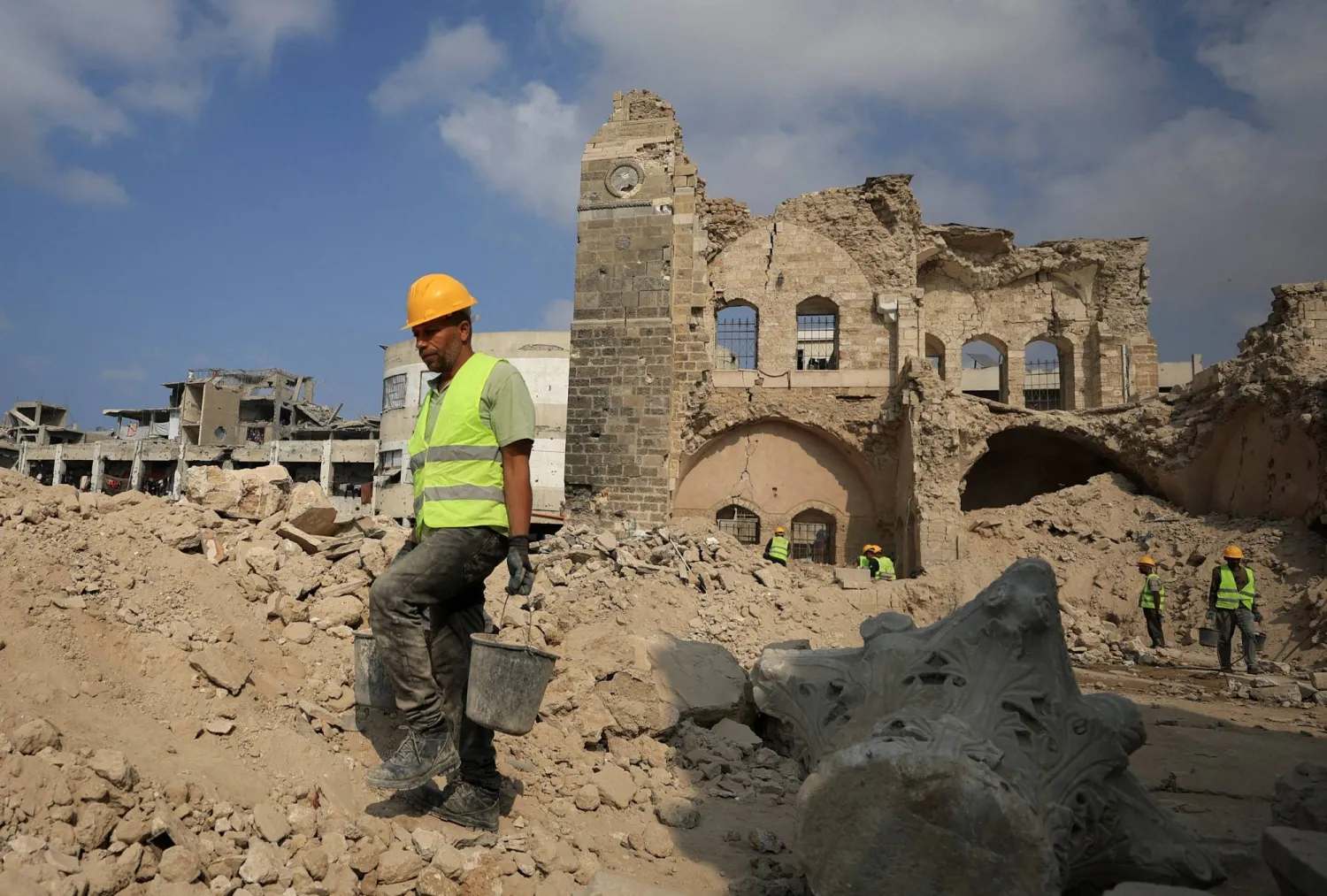Custodian of the Two Holy Mosques King Salman, in a royal decree on Thursday, approved the adoption of the non-profit King Salman Foundation’s bylaws.
The Foundation reflects King Salman’s passion for culture, knowledge and history and it perpetuates achievements in the non-profit sector. The Foundation also supports sustainability in urban development.
The launch of the Foundation is derived from the King’s longstanding charitable and humanitarian initiatives.
“We will always continue, God willing, to invest in people, develop their culture and pride in their identity as a permanent approach because we seek to confront human challenges and sustain the prosperity of societies,” the King said in a statement on his X account.
“We look forward to making the foundation a lasting impact on the individual and society,” he added.
There are a number of King Salman Cultural Centers, including the King Salman Museum and King Salman Library at the Diriyah Gate Project and Saudi Society Museum at the King Salman Park Project.

Culture Minister Prince Badr bin Abdullah bin Farhan said the foundation continues King Salman's work to promote culture. He added on X that the foundation’s cultural centers would expand opportunities for creativity and knowledge.
Several cultural institutions and academic chairs named after King Salman reflect his long-standing support for cultural and historical values. These initiatives promote the Arabic language regionally and internationally and preserve Saudi history through various projects he has backed.
He has always supported Saudi cultural figures, encouraging their recognition and valuing their contributions. His personal library, filled with rare manuscripts and books, shows his passion for knowledge and preserving heritage.
The King Abdulaziz Foundation for Research and Archives (Darah) celebrated the launch of the Foundation, highlighting King Salman’s role in preserving national history.
During his 20 years as chairman, Darah saw significant growth, advancing the study of Saudi and Arab history, geography, and culture.









